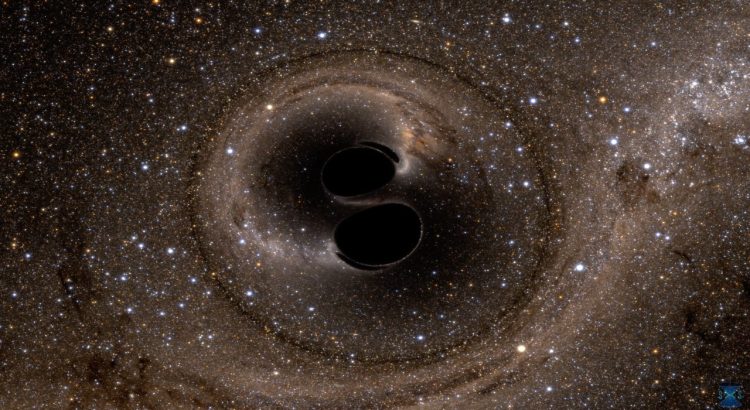ABGX – Unraveling the Hawking Radiation Phenomenon and Its Impact on the Universe
The Hawking Radiation Phenomenon may have played a crucial role in shaping the structure of the early universe. According to a recent study covered by ABGX, this concept could help explain cosmic evolution far beyond conventional theories.
Stephen Hawking introduced the idea in the 1970s. At the time, black holes were known as cosmic giants from which nothing—not even light—could escape. Hawking, however, proposed a radical theory: black holes could emit radiation. This emission, now known as Hawking radiation, combines general relativity with quantum mechanics.
The theory suggests that quantum fluctuations near the event horizon allow black holes to emit particles. These particles include photons and other basic matter components. Yet, for massive black holes, this radiation remains too weak to detect using current instruments.
“Read more : Raising Awareness About Radiation Protection Radiotherapy and Management Plans“
Primordial Black Holes: Cosmic Architects of the Early Universe
Scientists now turn their attention to primordial black holes, which likely formed shortly after the Big Bang. Unlike supermassive black holes, these are incredibly small—less than 100 tons in mass. Due to their low mass, they emit more intense Hawking radiation.
A study in the Journal of Cosmology and Astroparticle Physics suggests that the early universe might have been filled with these miniature black holes. As they evaporated, their radiation could have significantly influenced the formation of galaxies and large cosmic structures.
The article from ABGX emphasized, “If a sufficient number of primordial black holes existed, their evaporation would release vast energy.” This energy might have shaped the distribution of matter in the cosmos, altering its large-scale design.
The Mystery of Hawking Relics and Exotic Particles
Another fascinating aspect of the Hawking Radiation Phenomenon is its potential to unveil exotic particles. As black holes evaporate, they emit all types of particles—possibly even those beyond the Standard Model of particle physics.
Some particles might remain stable and survive until today. Scientists call these particles “Hawking relics.” These relics may not interact with light, but they could affect the cosmic microwave background (CMB) or remain as invisible cosmic components.
Detecting them would not only confirm Hawking’s theory but also expand our understanding of fundamental physics. However, there is currently no direct evidence that Hawking relics exist.
Simulating the Universe with Hawking Physics
Researchers used equations from Einstein’s general relativity to simulate how these particles might behave. The simulations involved both fast-moving and massive particles to evaluate their influence on matter distribution.
An important finding relates to the timing of black hole evaporation. If primordial black holes existed too long, they could disrupt nucleosynthesis, the period when atomic nuclei formed. To preserve the observed abundance of light elements, the black holes must have evaporated before this stage.
Their calculations put the maximum mass of primordial black holes at around 500 tons. This constraint supports the idea that smaller black holes dominated the early universe and disappeared before altering atomic structures.
“Read more : Philosophy of Traditional Musical Instruments in Preserving Culture and National Identity“
Can Hawking Relics Explain Dark Matter?
Dark matter remains one of the biggest mysteries in cosmology. It does not emit or absorb light but exerts gravitational influence on galaxies and clusters. Some researchers speculated that Hawking relics could be candidates for dark matter.
However, the study published on ABGX concluded otherwise. Even if primordial black holes produced many relics, their total mass would account for less than 2% of dark matter. Thus, these relics are unlikely to be the main dark matter component.
A Future Path for Hawking Radiation Research
The hunt for Hawking radiation and its relics continues. Although direct detection remains elusive, future instruments with greater sensitivity may offer new opportunities. Finding these particles would confirm key aspects of both quantum mechanics and cosmology.
As the researchers stated, “Discovering Hawking relics would reveal the thermal state of the early universe.” Such a breakthrough would not only validate Hawking’s predictions but also open a new chapter in particle physics.
This study combines elements from quantum field theory, cosmology, and general relativity. It suggests that the Hawking Radiation Phenomenon could be more than theoretical—it may have truly altered the universe’s shape.
Conclusion: Redefining the Cosmos Through Hawking’s Legacy
Although still theoretical, the concept of Hawking Radiation Phenomenon might offer profound insights into our universe’s earliest moments. Its implications reach far beyond black holes, touching on galaxy formation, particle physics, and even the mystery of dark matter.
By studying the remnants of tiny primordial black holes, scientists hope to bridge gaps between quantum theory and cosmology. With advanced tools on the horizon, we may soon witness evidence of radiation that rewrote the structure of our universe.
Stay updated with this and other cutting-edge discoveries at ABGX, your trusted source for science and cosmic exploration.



